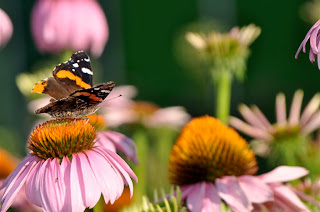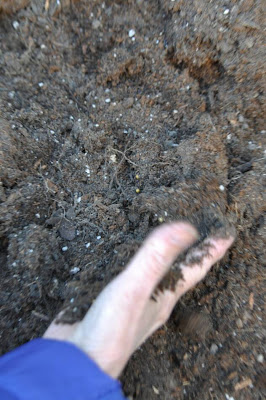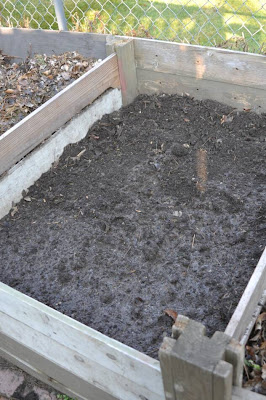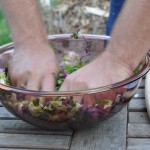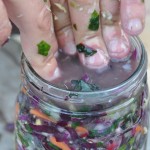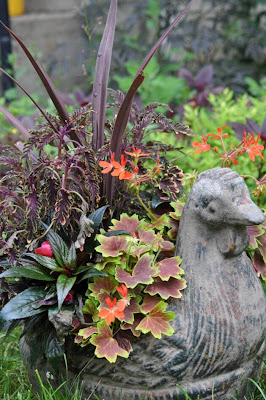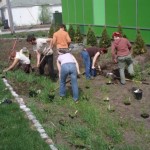
Gardeners are natural givers
, because the garden teaches us the importance of giving. When we give our plants compost, they thrive and produce. When we give our bodies home grown foods, we thrive and are productive. When we share all this productive health by giving the gift of
access to gardening
to folks who wouldn’t otherwise have it, we share one of the most profoundly transformative gifts imaginable. For many a gardener there’s almost no greater feeling then to share a skill, tool, piece of land, or even just a nice conversation that will help another gardener grow. Minneapolis is a giving and green city. As a gardener and volunteer, there’s never a shortage of great organizations here that I can get involved with in order to share the gifts gardening can give.
,
a Minneapolis based non-profit agency has been busy organizing several social service providers city-wide in order to help them work together in the garden. Many local agencies such as
,
, and
have been working to increase Minneapolis residents’ access to gardening for decades. Gardening Matters plan is to link up all these great organizations along with local gardening volunteers and businesses to create Garden Resource Hubs that residents in need can access for garden classes and information, planting space and gardening resources.
Gardening Matters is working with activists, businesses, and neighbors from across the city in order to have the resource hubs up and running by the spring of 2011.
Resource Hubs are defined as“A collaboration of individuals and organizations are working together to develop neighborhood-based local food resource hubs that would support growing, selling and preserving of food by households, community gardeners, and urban farmers all within their community.”
The website states that the plan for this year includes these main focus areas:
- Serve as local points of distribution for physical resources
- Provide physical space for education classes
- Focus on building leadership capacity at the community level
- Develop a community network of gardeners and urban farmers that are able to support one another
- Build community connections
The organizing work that is currently underway is truly impressive. Through the Garden Resource Hubs, Gardening Matters is encouraging folks to garden, and potentially improving the quality of life in Minneapolis for a very long time.












